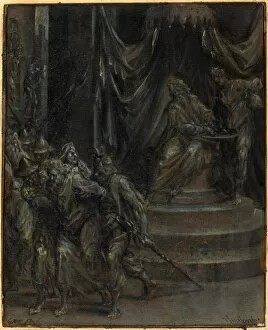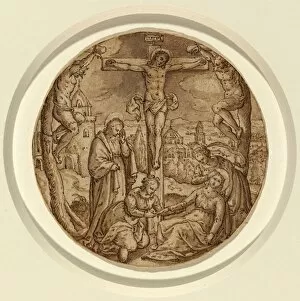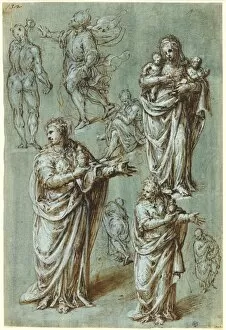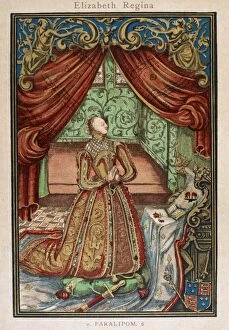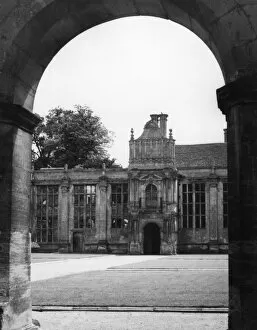1570s Collection (#3)
In the 1570s, the world was filled with cultural and historical marvels
For sale as Licensed Images
Choose your image, Select your licence and Download the media
In the 1570s, the world was filled with cultural and historical marvels. Akbar the Great, a powerful Mughal emperor, welcomed Jesuit missionaries to his court, showcasing his openness to different faiths. Meanwhile, in England's Kirby Hall, grandeur and elegance were on display as this magnificent country house reached its peak. Traveling back in time through a French carriage from the 16th century would have been an experience of luxury and sophistication. In Delhi, India, Humayun's Tomb stood tall as a testament to architectural brilliance in 1570. Its intricate design still mesmerizes visitors today. Across continents in Istanbul, Turkey, Sokollu Mehmed Pasha Mosque emerged as a symbol of Ottoman magnificence. The mosque's beauty blended seamlessly with its surroundings in Kadirga district. Further west lies Edirne Province where Selimiye Mosque showcased remarkable interior craftsmanship that left worshippers awestruck during prayers. This sacred space exemplified both spiritual devotion and architectural mastery. The concept of hierarchy was explored through Rhetorica Christiana ad concionandi et orandi usum's "Great Chain of Being. " This philosophical framework aimed to explain divine order within society and nature itself. Cartography enthusiasts marveled at Zurich's hand-colored engraving map from 1575 which provided valuable insights into geographical knowledge at that time. Art lovers admired Iznik pottery tiles adorned with symmetrical designs featuring vibrant red hues—a true feast for the eyes. Religious art flourished during this period too; Brahma offering homage to Krishna depicted Vishnu's incarnation while King Solomon encountered a Peri—an enchanting scene captured using gouache with gold paint on paper. Lastly, sailors relied on portolan charts like one depicting the Mediterranean and Northern Europe for safe navigation across treacherous waters—these maps were their lifelines amidst vast unknown territories.


